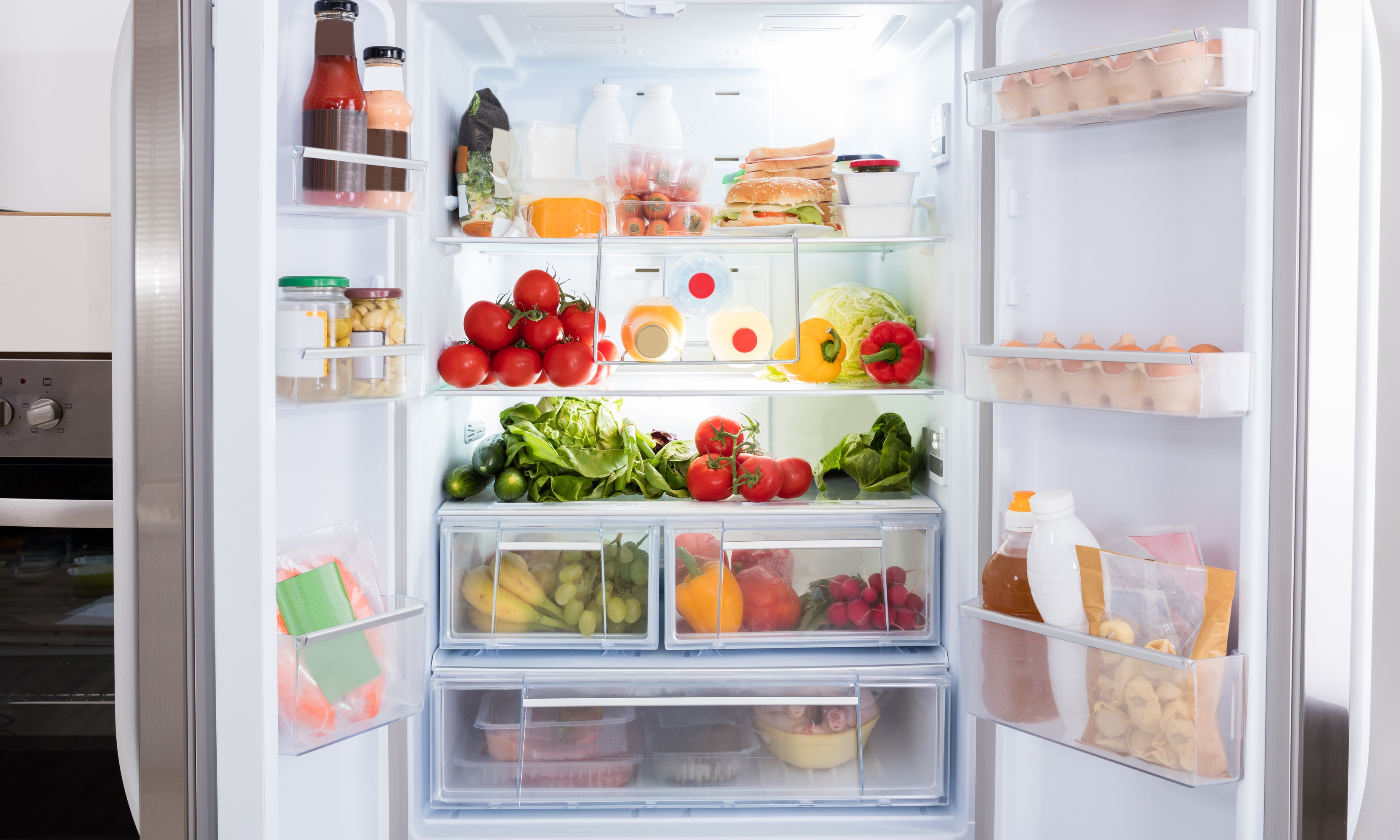

Articles
How To Store A Refrigerator
Modified: August 30, 2024
Discover the best ways to store a refrigerator with our informative articles. Learn about tips, techniques, and precautions to ensure your refrigerator stays safe and protected during storage.
(Many of the links in this article redirect to a specific reviewed product. Your purchase of these products through affiliate links helps to generate commission for Storables.com, at no extra cost. Learn more)
Introduction
Storing a refrigerator properly is essential to ensure its longevity and prevent any damage during transportation or long periods of non-use. Whether you are moving to a new home or need to store your refrigerator temporarily, following the right steps will help maintain its performance and efficiency.
In this article, we will guide you through the process of storing a refrigerator safely and effectively. We will provide you with step-by-step instructions and tips to ensure that your refrigerator is properly prepared and protected.
By following these guidelines, you can avoid costly repairs and extend the lifespan of your refrigerator. So, let’s dive in and learn how to store a refrigerator the right way!
Key Takeaways:
- Properly storing a refrigerator involves steps such as emptying, cleaning, and securing loose parts. Choosing a suitable storage location and reconnecting the appliance correctly are crucial for its longevity and optimal performance.
- Thoroughly cleaning the interior, defrosting the freezer, and wrapping the refrigerator for protection are essential steps in proper storage. Choosing a safe and suitable storage location is crucial to ensure the appliance’s well-being and preservation.
Read more: How To Store Scallions In The Refrigerator
Step 1: Emptying the Refrigerator
The first step in preparing your refrigerator for storage is to empty its contents completely. Start by removing all food items, beverages, and condiments from the refrigerator and freezer compartments. Check for any perishable items that may have expired or could spoil during storage and dispose of them properly.
As you remove the items, sort them into categories and consider donating any unopened, non-perishable items to local food banks or shelters. This not only helps those in need but also minimizes waste and lightens your load during the moving or storage process.
Next, remove any removable shelves, drawers, and organizers from the refrigerator. These components can be cleaned separately to ensure they are ready for storage. Additionally, if your refrigerator has an ice maker or water dispenser, make sure to disconnect and drain them according to the manufacturer’s instructions.
Take this opportunity to wipe down the interior surfaces of the refrigerator with a mild cleaning solution. This will remove any spills, stains, or lingering odors. Be sure to dry the surfaces thoroughly to prevent the growth of mold or mildew during storage.
By emptying the refrigerator and cleaning its interior, you are starting with a fresh and sanitary storage environment. This not only helps preserve the quality of your refrigerator, but it also prevents any potential health hazards that may arise from storing perishable items for extended periods.
Step 2: Cleaning the Interior
After emptying the contents of the refrigerator, it’s crucial to thoroughly clean the interior to remove any dirt, grime, or residue. This step ensures that your refrigerator is hygienic and free from any potential contaminants.
Start by unplugging the refrigerator from the power source to ensure your safety. Then, remove all the shelves, drawer, and other removable components. These can be washed separately with warm, soapy water. Rinse them well and allow them to air dry completely before reassembling them back into the refrigerator.
Next, mix a solution of mild detergent or dish soap with warm water. Use a clean sponge or cloth soaked in this solution to wipe down the walls, shelves, and drawers of the refrigerator’s interior. Pay special attention to any areas with stubborn stains or spills. You can use a soft-bristle brush or toothbrush for more intricate or hard-to-reach areas.
For sticky residues or lingering odors, you can try using a mixture of equal parts water and vinegar. Apply this solution to the affected areas and let it sit for a few minutes before wiping it clean. Vinegar’s natural acidity helps break down stubborn stains and eliminates odor-causing bacteria.
Once you have cleaned all the surfaces, rinse the sponge or cloth thoroughly and wipe down the interior with clean water to remove any remaining soap or vinegar solution. Finally, dry the surfaces with a clean towel or allow them to air dry completely.
By thoroughly cleaning the interior of your refrigerator, you are ensuring that it is not only visually clean but also free from any bacteria or contaminants. This step provides a fresh start and prepares your refrigerator for safe and hygienic storage.
Step 3: Defrosting the Freezer
If your refrigerator has a freezer compartment, it’s important to defrost it before storing. Over time, ice can build up inside the freezer, affecting its performance and potentially causing damage during storage or transport.
First, make sure to remove all frozen food items from the freezer. Transfer them to a cooler or another freezer to keep them frozen while you work on defrosting the freezer.
Next, unplug the refrigerator from the power source to avoid any electrical shock. Keep the refrigerator door open to allow for ventilation and to facilitate the defrosting process.
If your refrigerator has a manual defrost option, locate the defrost control or timer. Consult your refrigerator’s user manual or the manufacturer’s instructions to understand how to activate the defrost function. Follow the recommended defrosting time to ensure all ice in the freezer melts.
Alternatively, if your refrigerator doesn’t have a specific defrost option, you can speed up the process by placing bowls of hot water inside the freezer. Close the freezer door and allow the hot water vapor to circulate and melt the ice. Place towels or newspapers at the bottom of the freezer to catch any water runoff.
As the ice melts, periodically check and remove any water that accumulates in the freezer. You can use a sponge or towel to absorb the water and wring it out into a sink or bucket.
Once all the ice has melted, wipe down the interior of the freezer to remove any water or moisture. Make sure to dry the surfaces thoroughly to prevent the growth of mold or mildew during storage.
Defrosting the freezer ensures that ice buildup doesn’t cause any damage to internal components or insulation during storage. It also helps maintain the freezer’s efficiency and prevents any odors or mildew from developing. By taking the time to defrost properly, you are setting the stage for a smooth storage experience.
Step 4: Securing Loose Parts
Before you prepare your refrigerator for storage, it’s important to secure any loose parts to prevent damage during transportation or while in storage. Loose parts can include shelves, drawers, bins, and any other removable components inside the refrigerator.
Start by checking all the shelves and drawers to ensure they are properly aligned and securely in place. If any parts are loose or wobbly, remove them and inspect the connectors or brackets for any damage. Replace or repair any broken or worn-out parts before reassembling them back into the refrigerator.
If your refrigerator has glass shelves or fragile components, consider removing them and packing them separately for added protection. Wrap the glass shelves in bubble wrap or towels and place them in a sturdy box. Label the box clearly to indicate its fragile contents.
In addition to securing the interior components, pay attention to the exterior of the refrigerator as well. Check for loose handles, hinges, or any other parts that may be susceptible to damage during transportation. Tighten or repair these parts to ensure they are stable and secure.
By securing loose parts, you are minimizing the risk of damage to the refrigerator during storage or while being moved. This step ensures that the components inside the refrigerator remain intact and in proper working condition.
Read more: How To Store Broccoli In The Refrigerator
Step 5: Disconnecting the Power
Before storing your refrigerator, it’s crucial to disconnect it from the power source to avoid any potential electrical hazards. This step not only ensures your safety but also prevents any unnecessary energy consumption while the refrigerator is in storage.
Start by locating the power cord at the back of the refrigerator. Carefully unplug it from the electrical outlet. If the cord is tangled or obstructed, make sure to untangle or move it away from any potential hazards.
Once you have disconnected the power, examine the cord for any signs of damage or fraying. If you notice any issues with the cord, it’s essential to address them before storing the refrigerator. You can contact a professional electrician or the manufacturer for assistance in repairing or replacing the power cord.
After disconnecting the power, it’s also a good idea to clean the area around the electrical outlet. Remove any dust or debris from the outlet to ensure a clean and safe connection when you reconnect the refrigerator in the future.
When storing the refrigerator, make sure that the power cord is tucked away neatly and not stretched or exposed to any potential damage. You can secure the cord with a zip tie or tape to keep it organized and prevent it from getting tangled during transportation or storage.
By disconnecting the power, you are taking necessary precautions to avoid electrical accidents or damage to the refrigerator. This step not only ensures safety but also saves energy and helps protect the environment by minimizing unnecessary power consumption.
Before storing a refrigerator, make sure to thoroughly clean and dry the interior and exterior. Leave the door slightly ajar to prevent mold and mildew growth.
Step 6: Moving the Refrigerator
Moving a refrigerator can be a challenging task due to its size and weight. However, with proper preparation and the right techniques, you can safely move your refrigerator without causing any damage.
Before moving the refrigerator, it’s important to enlist the help of at least one or two strong individuals. Moving a refrigerator alone can put undue strain on your body and increase the risk of accidents.
Start by ensuring there is a clear pathway from the refrigerator’s current location to its intended storage space. Remove any obstacles, such as furniture or rugs, that may hinder the movement of the refrigerator.
To protect your floors, place a piece of cardboard or a furniture dolly in front of the refrigerator. This will prevent any scratches or dents while you maneuver the appliance.
Next, tilt the refrigerator slightly backward and gently slide the dolly underneath. Make sure the dolly is positioned securely before proceeding. If you don’t have a dolly, you can use sturdy furniture sliders or ask your moving company for assistance.
Once the refrigerator is on the dolly, secure it by strapping or securing it with ropes or bungee cords. This will prevent it from tipping or falling during the moving process.
Now, carefully move the refrigerator by pushing it from the back while someone guides it from the front. Take slow and steady steps to maintain control and prevent any sudden movements.
When navigating corners or stairs, use extra caution and ensure a smooth and gradual transition to avoid any damage to the refrigerator or your surroundings.
Once you have reached the storage space, gently lower the refrigerator from the dolly to the floor. Be mindful of your back and use your legs to lift and lower the refrigerator to avoid any strain or injuries.
By following proper techniques and safety measures, you can successfully move your refrigerator to its storage location without causing any damage. It’s important to prioritize safety and take your time during this process to avoid accidents or injuries.
Step 7: Wrapping and Protecting the Refrigerator
Properly wrapping and protecting your refrigerator is essential to safeguard it from scratches, dents, and other damages during storage. Investing a little time and effort in this step can go a long way in maintaining the condition of your appliance.
Start by gathering the necessary materials for wrapping, such as moving blankets, bubble wrap, tape, and stretch wrap. These items will provide a protective layer around the refrigerator.
Begin by covering the entire refrigerator with moving blankets. These thick blankets provide cushioning and act as a barrier against any potential impact or friction. Make sure to secure the blankets in place with tape or stretch wrap to prevent them from slipping or getting caught during transportation.
For added protection, wrap the corners and edges of the refrigerator with bubble wrap. This will provide extra cushioning and absorb any shocks or impacts that may occur during storage or transport.
If your refrigerator has any delicate or protruding parts, such as handles or shelves, wrap them individually with bubble wrap or foam padding. This will safeguard these vulnerable areas from accidental damage.
Once you have wrapped the refrigerator with moving blankets and bubble wrap, secure the layers in place with stretch wrap. This plastic film will form a tight seal and ensure that the protective materials stay intact during storage.
It’s also important to protect the doors from swinging open during storage. You can use bungee cords or ropes to keep the doors securely closed. Ensure that the cords are not too tight, as this can cause damage to the door seals.
If you are storing the refrigerator in a location where it may be exposed to dust or moisture, consider covering it with a breathable sheet or tarp. This will shield it from dirt and prevent any potential moisture damage.
By taking the time to wrap and protect your refrigerator, you are creating a buffer against potential damages that may occur during storage or transportation. This step helps maintain the appearance and integrity of your appliance, ensuring its longevity and performance.
Step 8: Storing in a Safe Location
Choosing the right storage location for your refrigerator is crucial to ensure its safety and optimal preservation. Selecting a safe and suitable spot will minimize the risk of damage and maximize the longevity of your appliance.
Consider the following factors when choosing a storage location for your refrigerator:
- Temperature: Select a location with a consistent temperature range. Extreme temperature fluctuations can affect the performance and efficiency of your refrigerator. Avoid areas that are exposed to direct sunlight or extreme heat or cold.
- Moisture: Opt for a dry storage area to prevent any moisture accumulation. Moisture can lead to mold growth and damage the electronic components of your refrigerator. Ensure that the space is well-ventilated to allow for air circulation and prevent condensation.
- Space: The storage area should provide enough space to accommodate the refrigerator comfortably. Avoid overcrowding the area or placing heavy items on top of the refrigerator, as this can lead to damage or instability.
- Accessibility: If you anticipate needing access to the refrigerator during storage, choose a location that allows for easy retrieval. Make sure there are clear pathways and sufficient lighting.
- Security: Ensure that the storage area is secure and protected from potential theft or damage. If you are using a storage unit, consider investing in a lock and choosing a reputable facility with security measures in place.
When positioning the refrigerator in the storage area, leave some space between the appliance and the walls to allow for proper ventilation. This will help prevent the growth of mold and mildew.
If you are storing the refrigerator for an extended period, it’s a good idea to periodically check on it to ensure that everything is intact and functioning properly. This allows you to address any issues promptly and prevent potential damage or deterioration.
By choosing a safe and suitable storage location, you are ensuring the well-being and preservation of your refrigerator. Taking these precautions will help maintain the condition and performance of your appliance, allowing it to serve you well in the future.
Read more: How To Store Vegetables In Refrigerator
Step 9: Reconnecting and Reassembling the Refrigerator
When the time comes to retrieve your refrigerator from storage, it’s important to reconnect and reassemble it properly to ensure its proper functioning. Following the correct steps will help you get your refrigerator up and running smoothly.
Start by carefully removing any protective coverings, such as moving blankets or bubble wrap, from the refrigerator. Inspect the appliance for any signs of damage or wear and tear that may have occurred during storage.
Next, position the refrigerator in its designated spot, making sure that it is level. Use a level tool to ensure that the refrigerator is not tilted. Uneven positioning can cause cooling issues and affect the overall performance of the appliance.
Reattach any shelves, drawers, and other removable components that were taken out before storage. Make sure they are properly aligned and securely in place. If any of the parts are damaged or missing, consider ordering replacements from the manufacturer.
For refrigerators with water or ice dispensers, reconnect the water supply line according to the manufacturer’s instructions. Ensure that the connection is secure and free from any leaks. If necessary, carefully turn on the water supply and check for any leaks or water flow issues.
Once everything is reassembled and connected, plug the refrigerator back into the power outlet. Ensure that the power cord is not damaged and that it is properly inserted into the electrical socket. Switch on the refrigerator and listen for the sound of the compressor kicking in.
Allow the refrigerator to run for several hours to reach its optimal temperature. This will ensure that the appliance is cooling properly and that you can safely store your food items inside it.
During the initial startup period, it’s normal for the refrigerator to run a little louder as it settles back into its regular working mode. However, if you notice any unusual noises or issues with cooling, refer to the manufacturer’s troubleshooting guide or contact a professional appliance technician for assistance.
By following the reconnection and reassembly process carefully, you can smoothly integrate your refrigerator back into your living space. This step ensures that your appliance is functioning optimally and ready to keep your food fresh and cool once again.
Conclusion
Storing a refrigerator properly is essential for its longevity and optimal performance. Following the steps outlined in this article will help ensure that your refrigerator remains in good condition during storage, whether you are moving to a new home or temporarily storing it.
By emptying the refrigerator, cleaning the interior, defrosting the freezer, securing loose parts, disconnecting the power, moving it safely, wrapping and protecting it, storing it in a safe location, and reconnecting and reassembling it correctly, you can effectively preserve your refrigerator and minimize the risk of damage.
Remember to pay attention to the details, taking extra care when cleaning the interior, defrosting the freezer, and securing loose parts. Wrap the refrigerator properly to protect it from scratches and dents, and choose a suitable storage location that is dry, secure, and at a consistent temperature.
When the time comes to reconnect and reassemble your refrigerator, make sure to follow the instructions provided by the manufacturer. Check for any signs of damage or wear and tear, ensuring that all parts are aligned and securely in place.
Properly storing and maintaining your refrigerator will not only save you from potential costly repairs but also prolong its lifespan, allowing you to enjoy fresh food and beverages for years to come.
Remember to consult the manufacturer’s guidelines and user manual for specific instructions regarding your refrigerator model. If you encounter any issues or are unsure about any step, it’s always recommended to seek professional assistance.
By investing some time and effort into the proper storage of your refrigerator, you can ensure its continued functionality and avoid any unnecessary stress or inconvenience in the future.
Frequently Asked Questions about How To Store A Refrigerator
Was this page helpful?
At Storables.com, we guarantee accurate and reliable information. Our content, validated by Expert Board Contributors, is crafted following stringent Editorial Policies. We're committed to providing you with well-researched, expert-backed insights for all your informational needs.
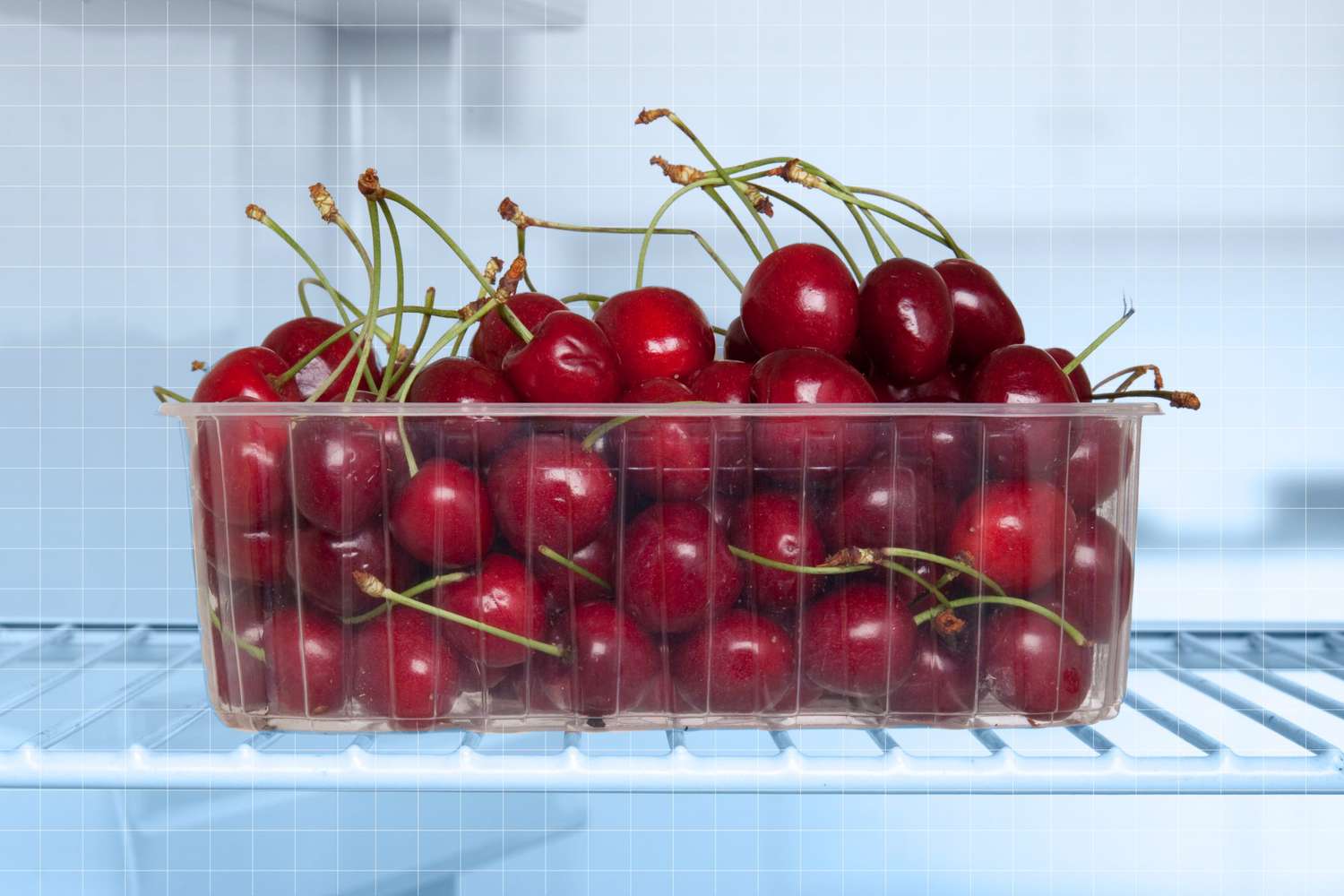
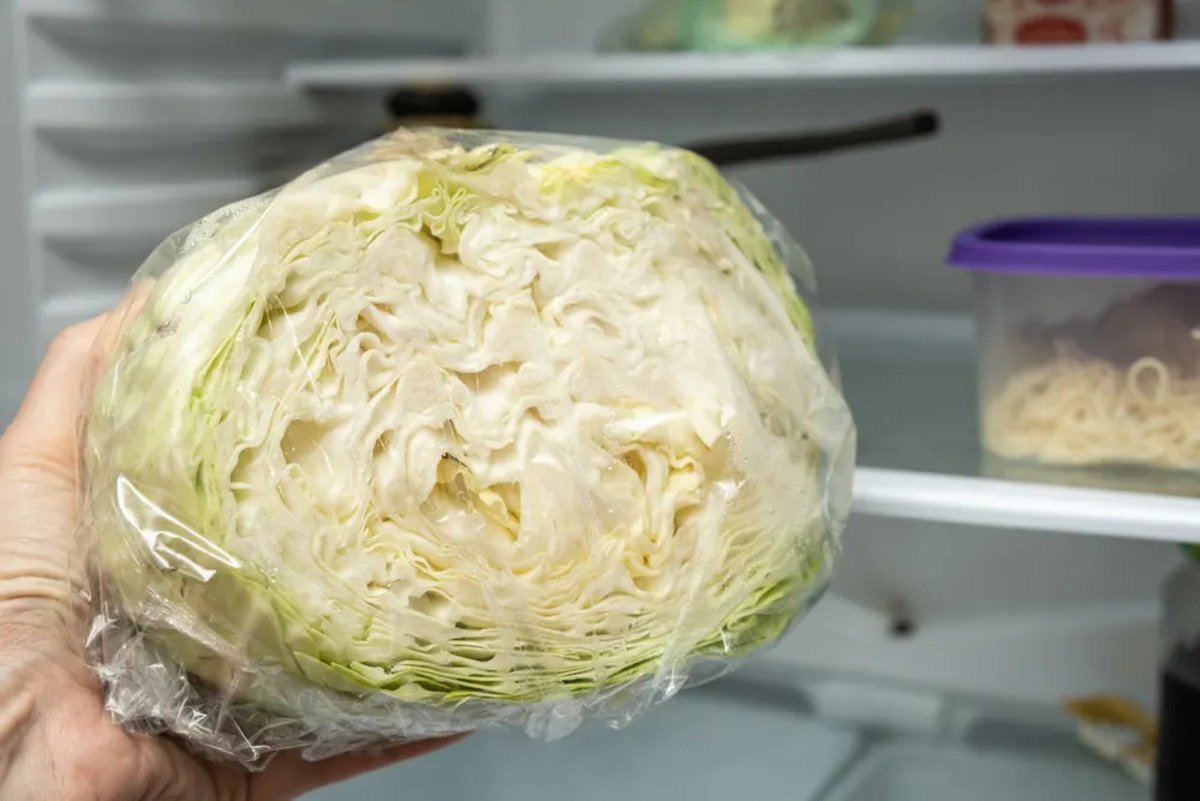
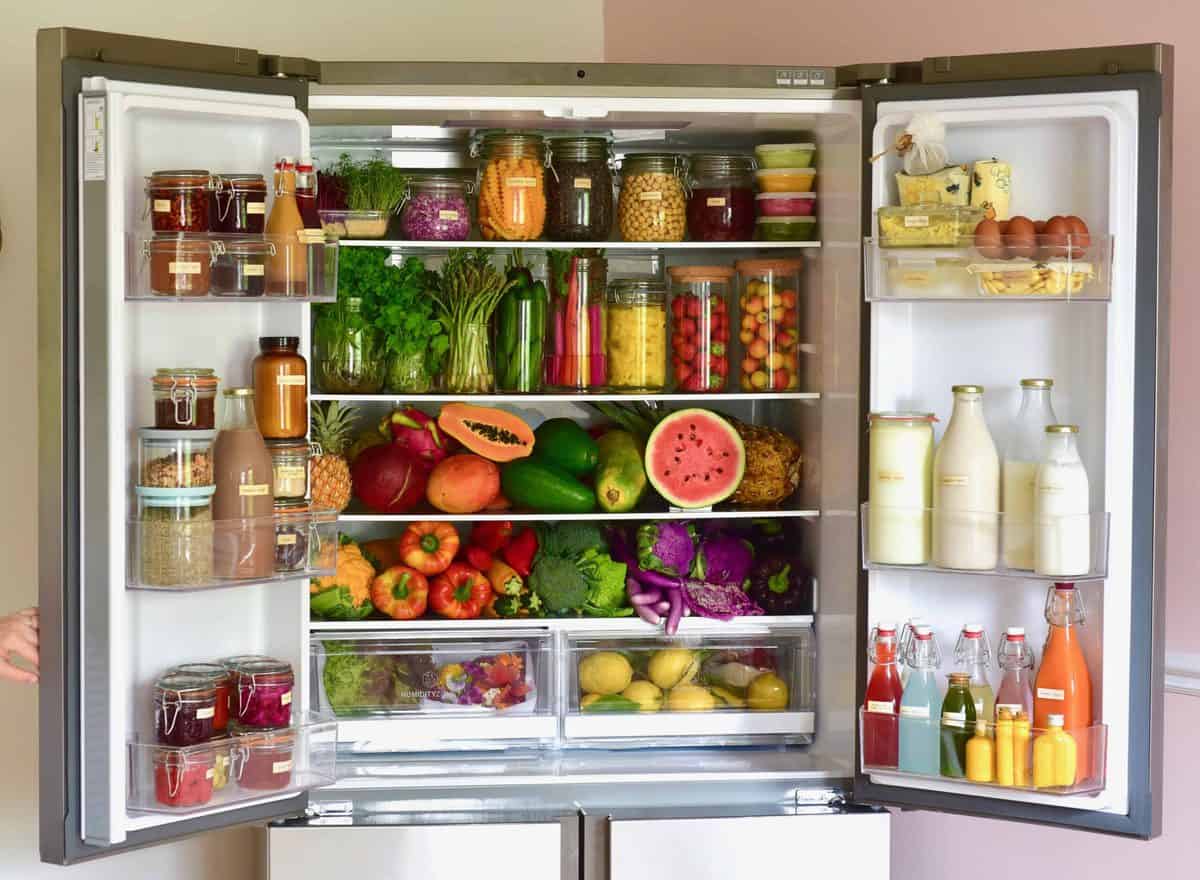

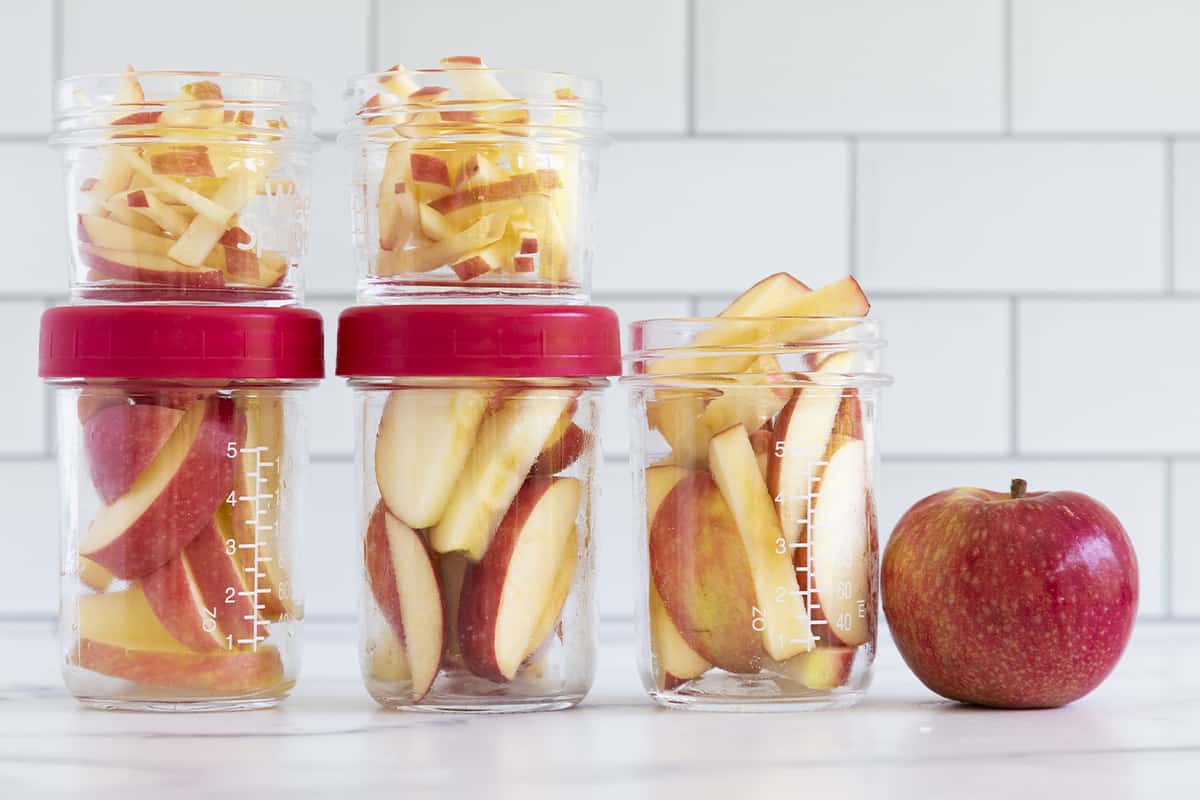
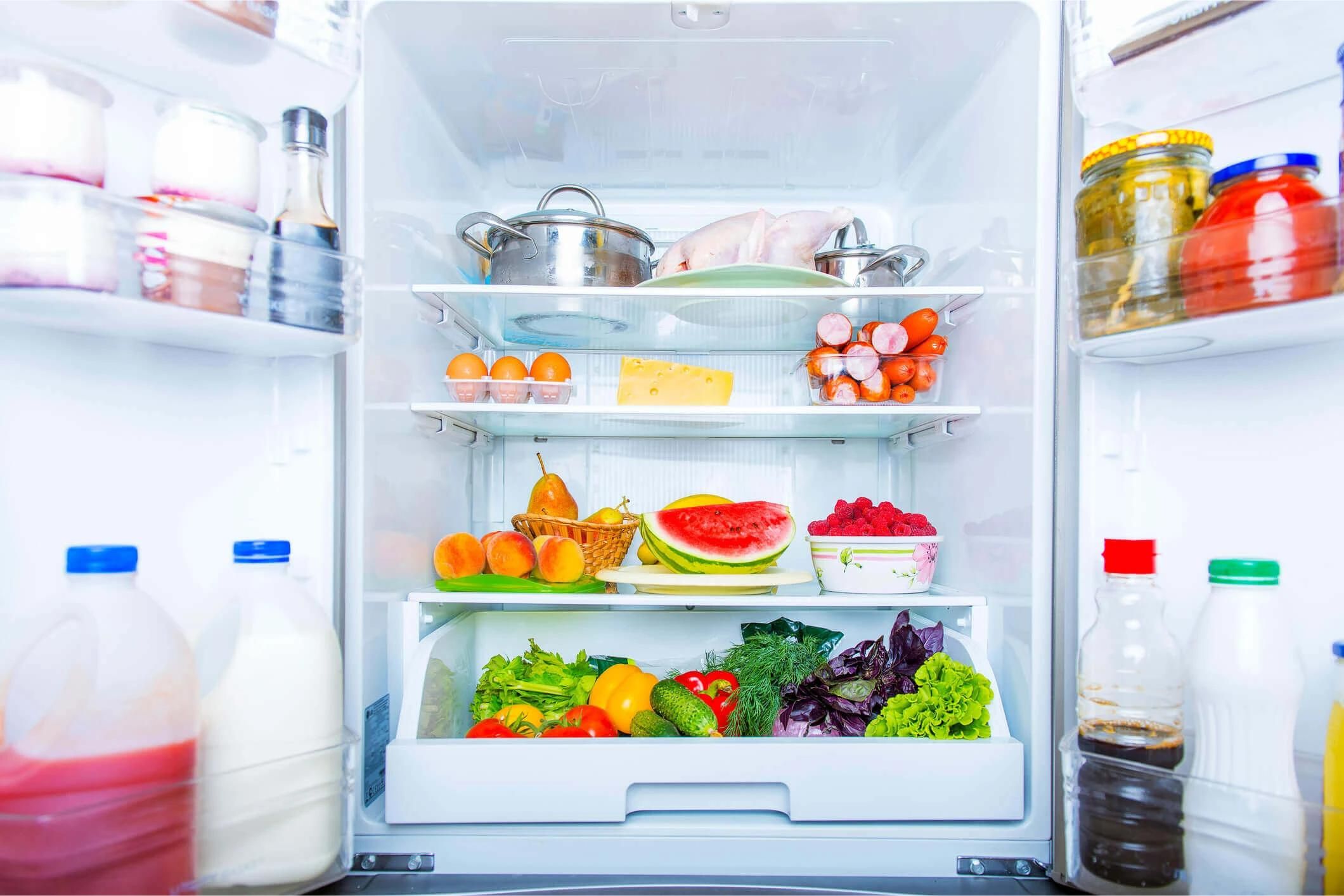
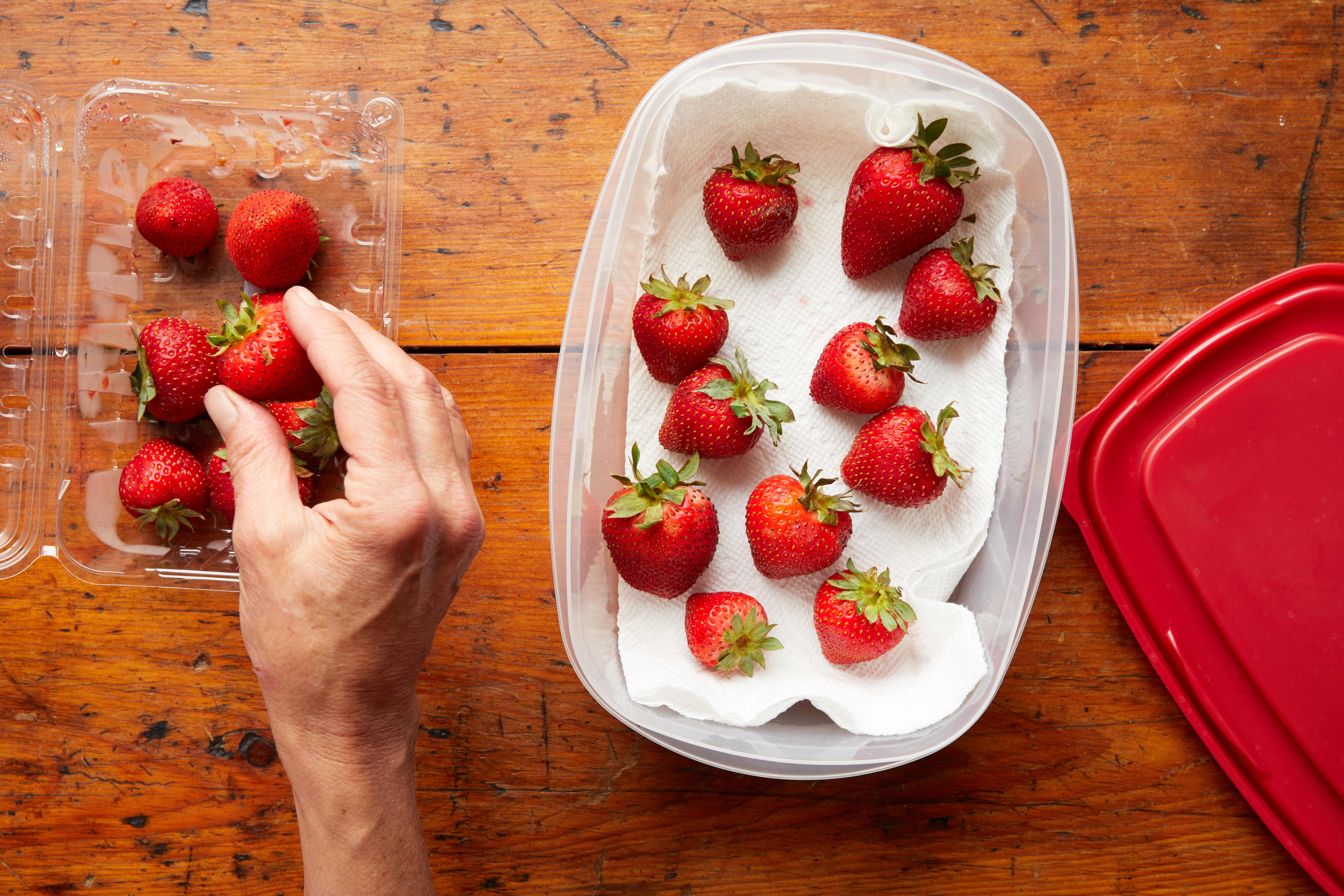
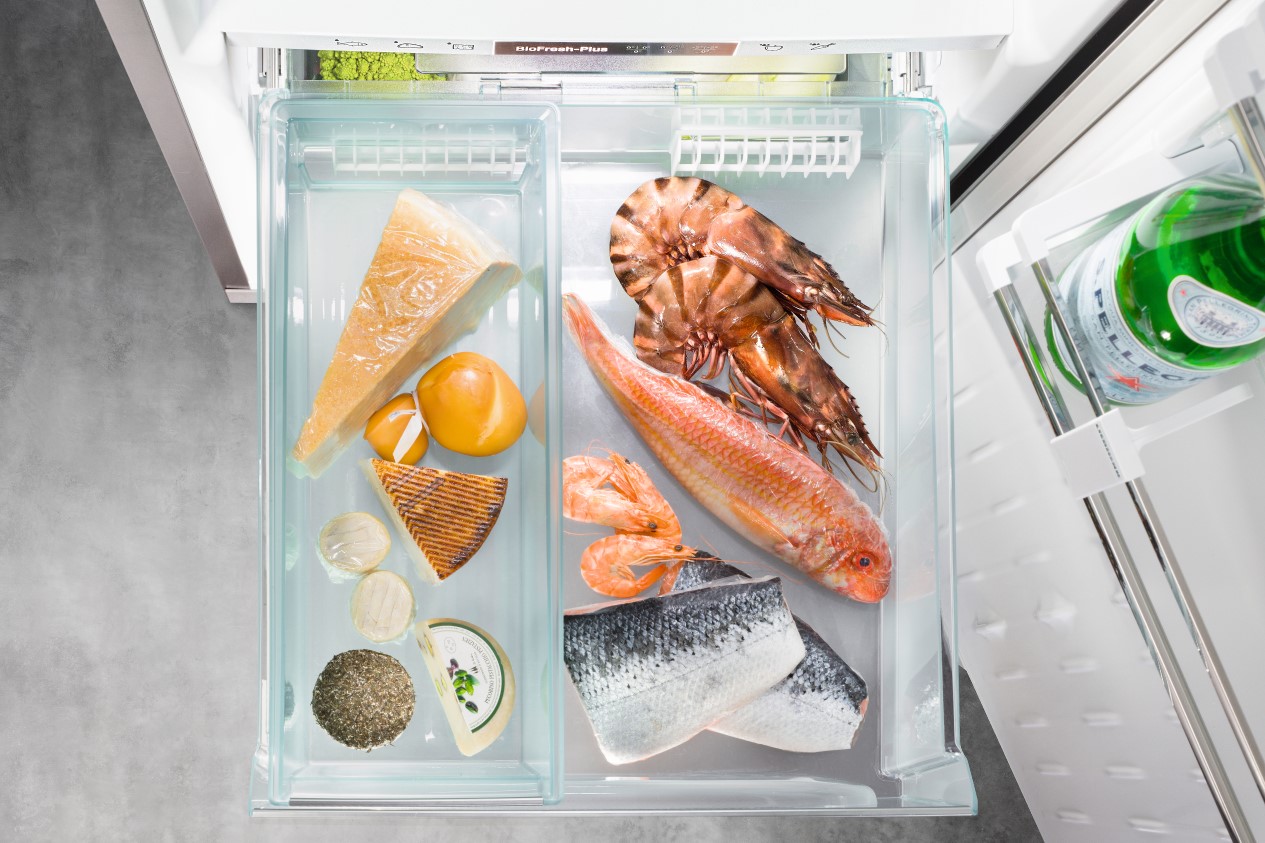
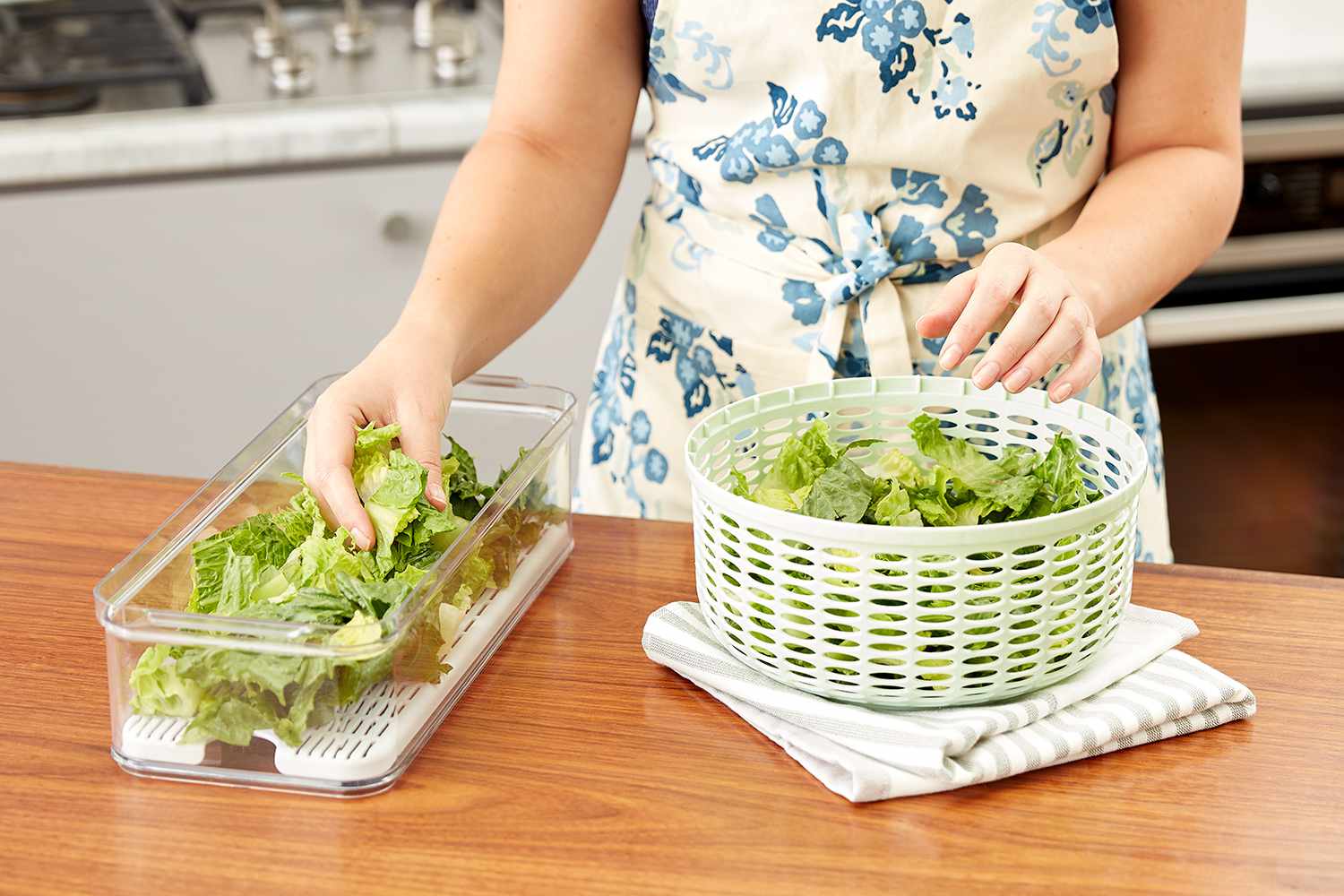
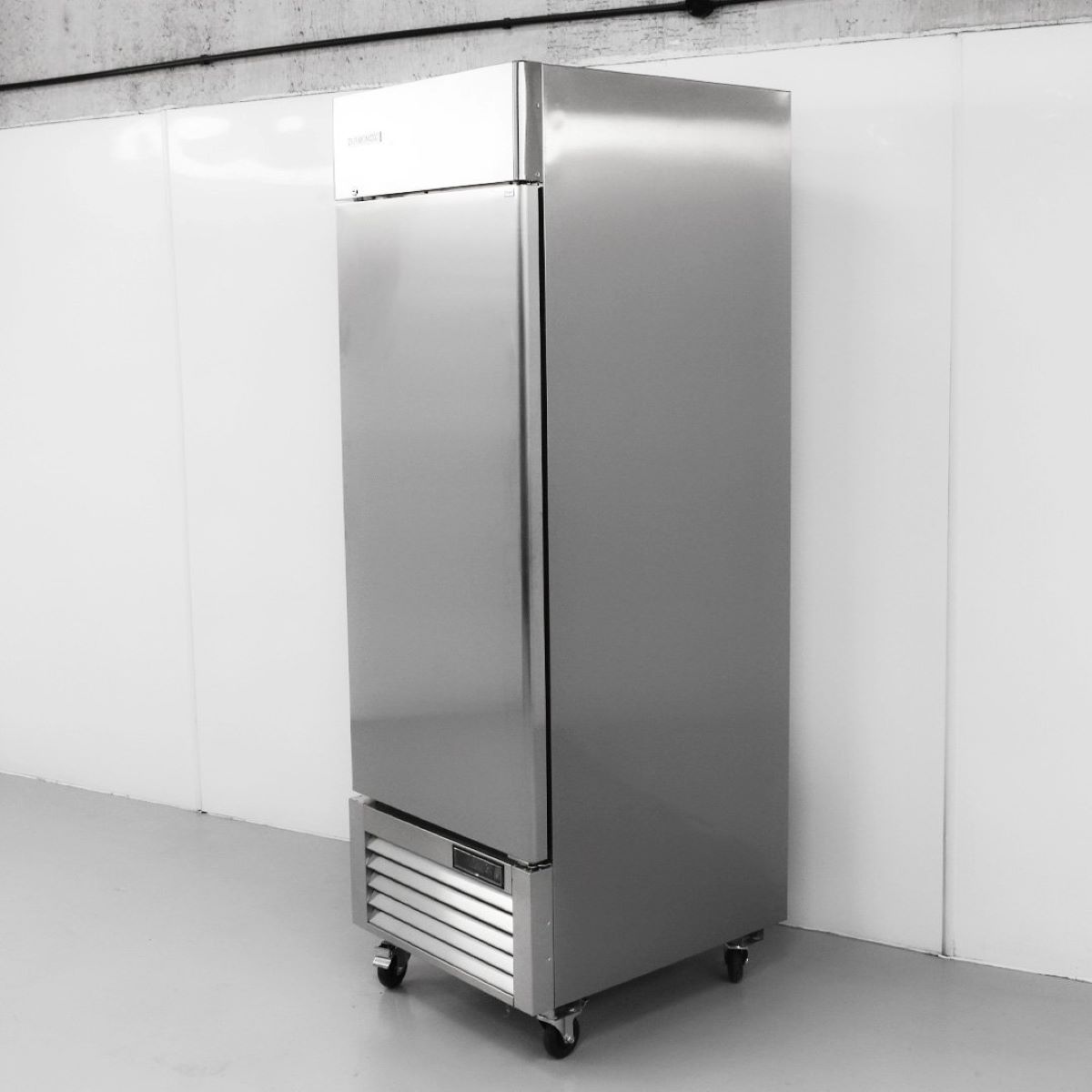
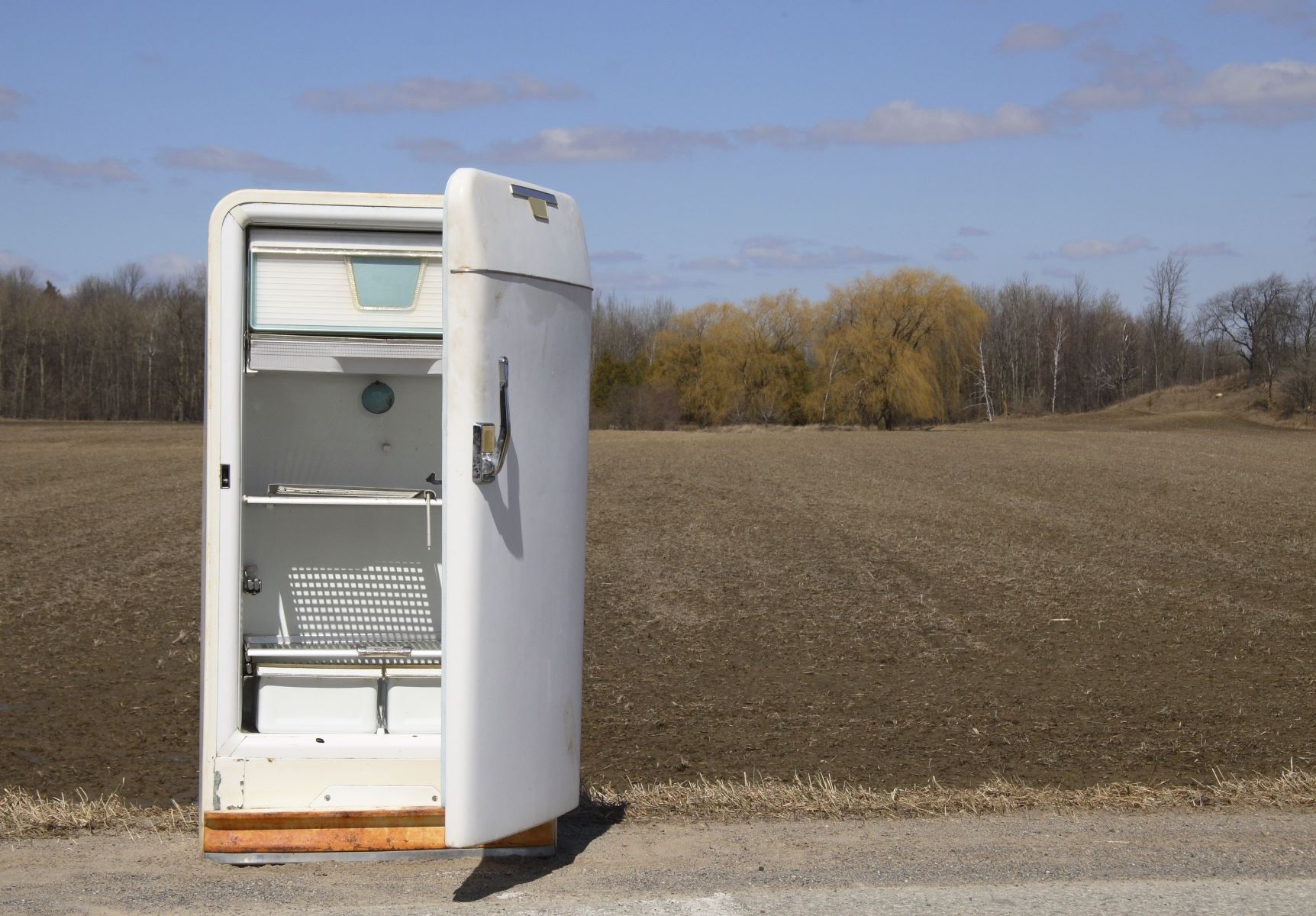



0 thoughts on “How To Store A Refrigerator”